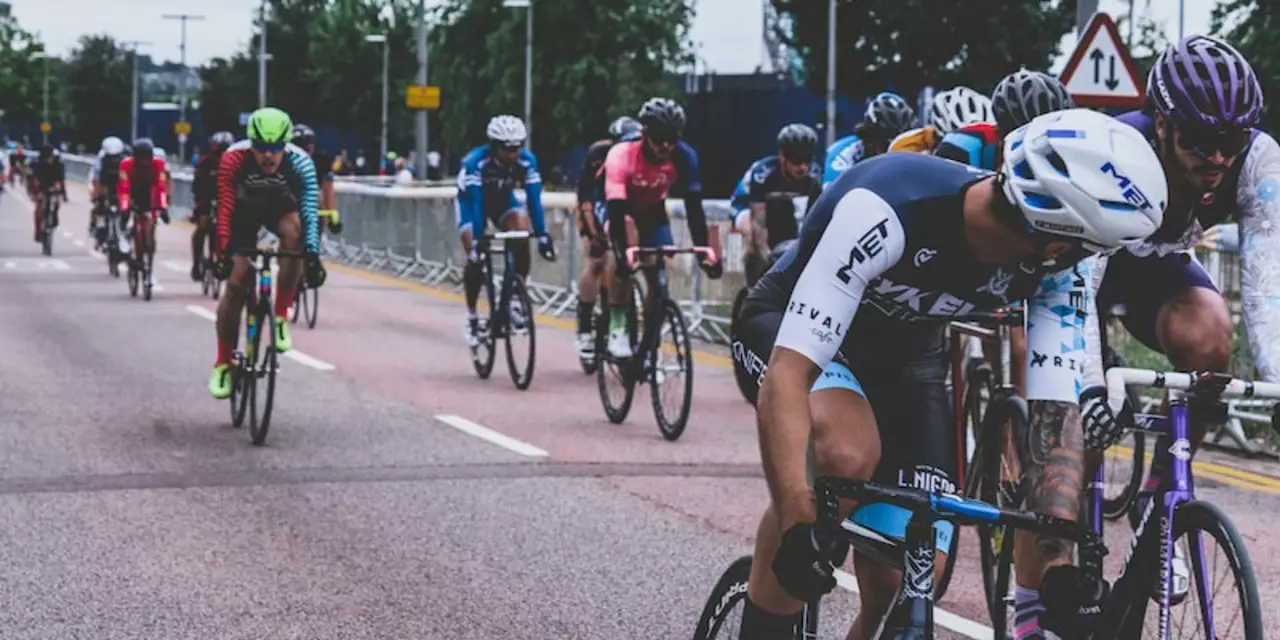Death and Cycling Safety – What Every Rider Should Know
When we talk about death on a bike, it feels uncomfortable, but it’s a real part of the sport. Understanding why accidents become fatal helps you make smarter choices on the road and can protect the people you ride with.
Why fatal crashes happen
Most deadly bike crashes involve three things: speed, visibility, and road design. Riding fast gives you less time to react if a car suddenly appears. Poor lighting or wearing dark clothes makes you harder to see, especially at dusk. And narrow streets, potholes, or missing bike lanes force cyclists into traffic where the danger spikes.
Another hidden factor is fatigue. After a long ride, your reaction time slows, and you’re more likely to misjudge a turn or stop too late. Even a small mistake can turn into a life‑threatening event when the stakes are high.
Practical steps to lower the risk
First, wear bright, reflective gear every time you ride. A simple neon vest or reflective strips on your helmet can make a huge difference. Second, keep your speed in check, especially in busy areas. A slower pace gives you room to avoid sudden obstacles.
Use dedicated bike lanes whenever they exist, and always follow traffic rules. Signal your turns clearly and give larger vehicles plenty of space. If the road feels unsafe, consider a different route – safety beats convenience.
Maintain your bike regularly. A worn brake pad or a loose chain can cause a crash that might have been avoided. Simple checks before you head out—brake function, tire pressure, and chain tension—take just a minute but add layers of safety.
Lastly, think about your health. Stay hydrated, eat a balanced snack before long rides, and take breaks if you feel tired. Your body is the most important safety gear you have.
If a tragedy does occur, remember you’re not alone. Local cycling clubs often have support networks, and many charities offer counseling for grieving families. Sharing stories can help you process loss and keep the community strong.
By staying visible, riding at sensible speeds, and keeping your bike in top shape, you dramatically cut the odds of a fatal accident. It’s not about living in fear; it’s about making everyday choices that protect you and the people you care about.
So next time you clip in, think of these simple habits. They’re easy to add, cost almost nothing, and could be the difference between a safe ride and a tragic one.

Has a cyclist ever died in the Tour de France before today?
Daxton Fairweather Mar 7 0The Tour de France is one of the world's most prestigious cycling events and the most grueling and dangerous. Today, the Tour de France saw its first death when cyclist Michael Goolaerts died after suffering a heart attack. Goolaerts was only 23 years old. This is the first time in the race's 115-year history that a cyclist has died during the event. Goolaerts was competing for the Veranda's Willems-Crelan team and was taken to the hospital after being found unconscious on the side of the road by fellow riders. Sadly, he passed away shortly after arriving. Today's tragedy serves as a reminder of the dangers of cycling and the risks that professionals take when they compete in the Tour de France.
More Detail